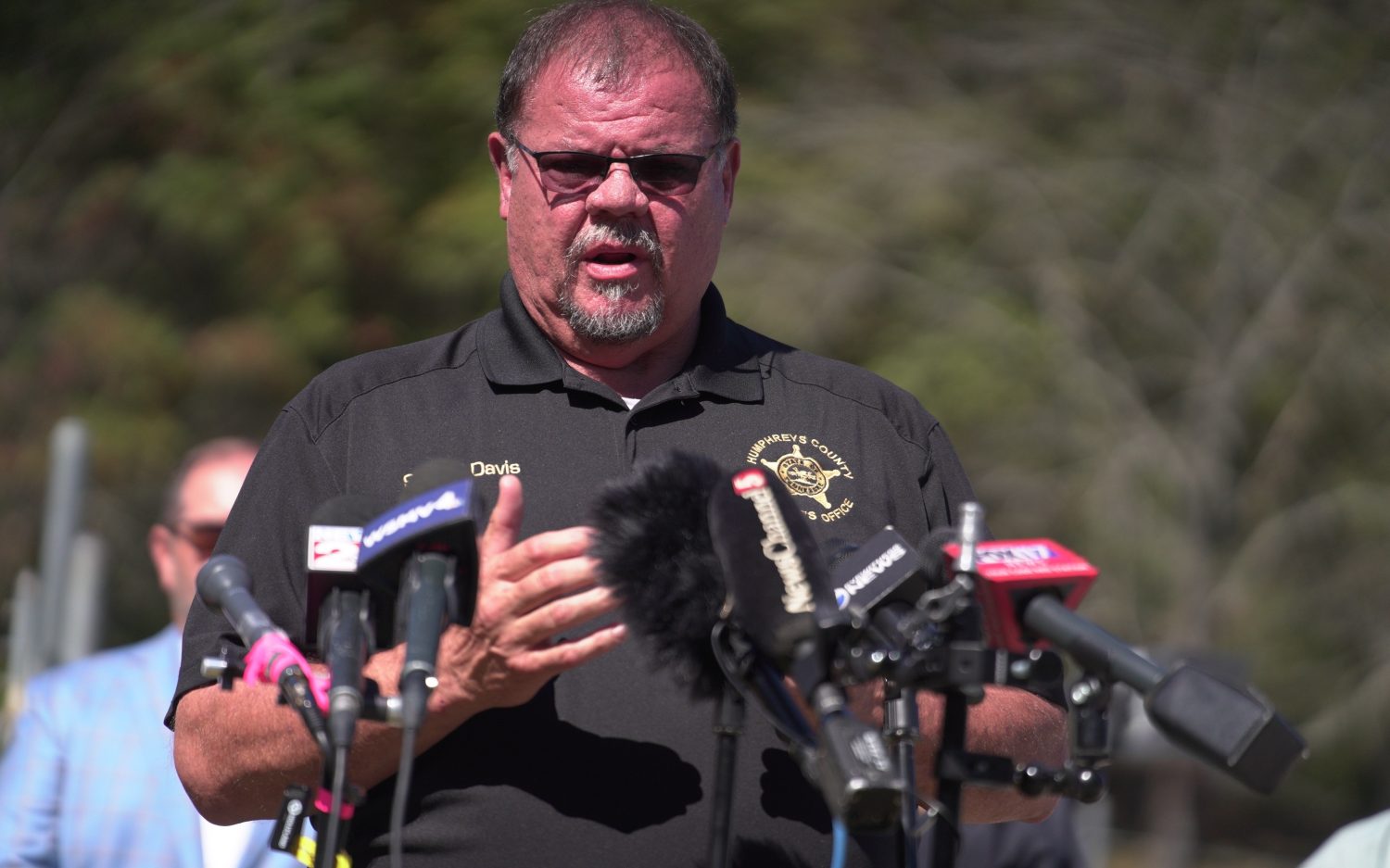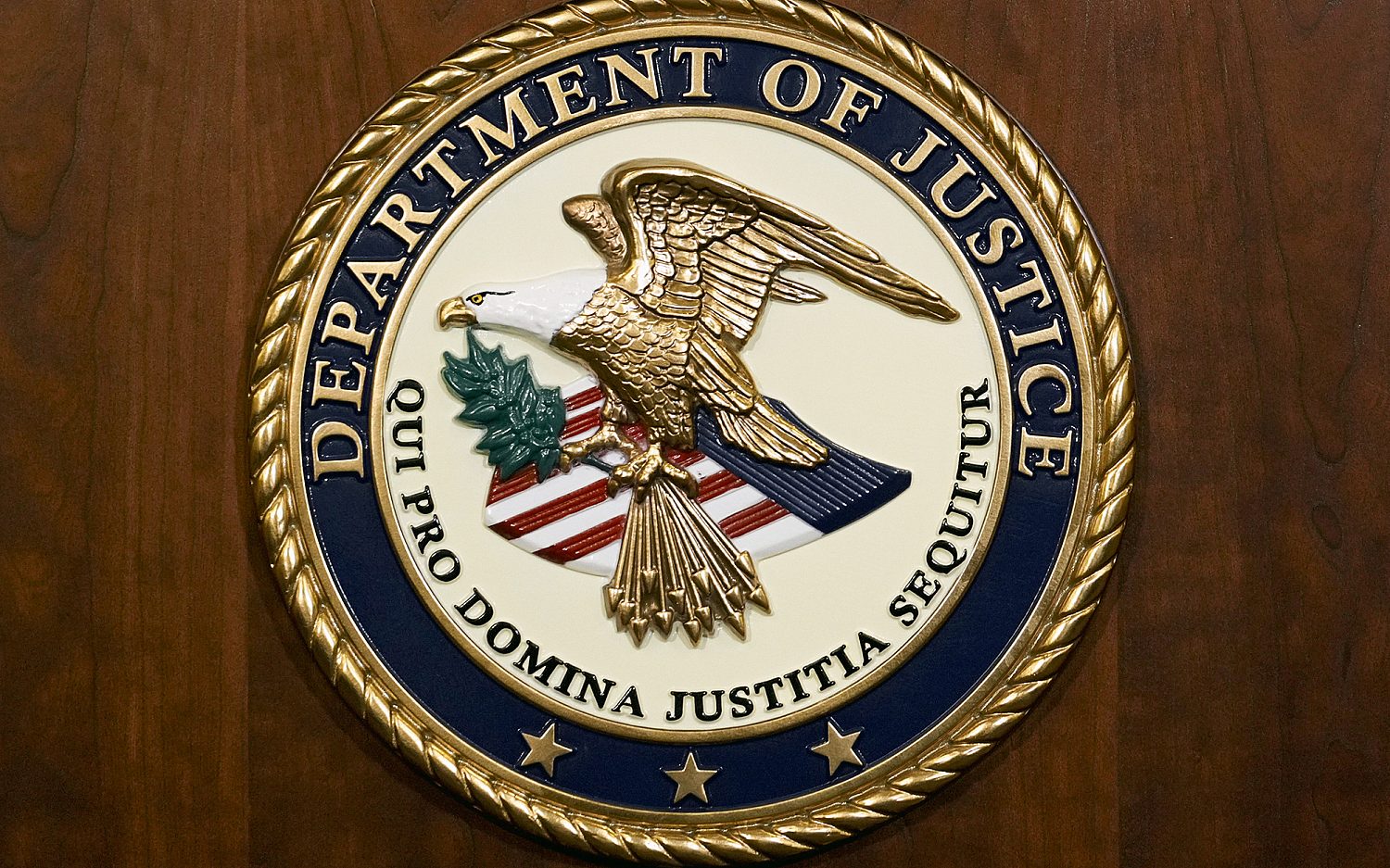Sunken history
Researchers explore Civil War shipwrecks with new sonar technology
Federal researchers are using sonar technology to analyze Civil War shipwrecks off the coasts of Virginia with the hope of rendering near photographic images for the public. The resulting three-dimensional images of the wrecks will be provide more details than an actual dive at the sites and will most likely end up in museums to promote America's maritime heritage.
"Not everybody dives, and so that's why we embrace technologies like this that are cutting edge, cost effective and give you a three-dimensional sense of that ship on the bottom," said James Delgado, director of the National Oceanic and Atmospheric Administration's Maritime Heritage Program. "The kinds of imagery - it's almost photographic."
Shipwrecks are popular dive sites, but scientists hope that the detailed pictures would allow the public to see the sunken ships without damaging them. The photos will also allow scientists to determine the ship's condition and discover ways of preserving the artifacts. On June 27, NOAA researchers used sonar to map the Civil War wrecks USS Cumberland and CSS Florida in the James River near Newport News. The ships are being studied in an effort to find the best way to preserve them as Virginia commemorates the 150th anniversary of the beginning of the Civil War.
The USS Cumberland was sunk in March 1862 during the Battle of Hampton Roads. More than 120 men died after the ship was rammed by the ironclad CSS Virginia, which was previously known as the USS Merrimack. Last surveyed in 2007, the Cumberland wreck has been the target of independent research expeditions and illegal artifact hunting.
"In terms of the guys who died in the Cumberland that day, not only are they heroes, but they're sons and fathers and grandsons and nephews and they left families who are still with us today and their stories resonate," Delgado said.
The CSS Florida was a Confederate commerce raider that had been captured by U.S. Navy ships but sunk after colliding with a Navy troop ferry. The ships are protected by federal law under the Sunken Military Craft Act of 2005, the Abandoned Shipwreck Act of 1987 and the Territorial Clause of the U.S. Constitution, which gives the federal government exclusive rights to its own property.
Researchers are also using the sonar to develop photos of World War II ships sunk of the coast of North Carolina. On June 28, scientists began to photograph ships that were sunk near North Carolina's Outer Banks during the 1942 Battle of Atlantic.
"These are sites that are miles out into the sea and so unless you're a diver you're likely not to going to be aware of them even," said Alexis Catsambis, an underwater archaeologist for the U.S. Navy.
On July 14, 1942, a convoy of 24 ships left the Hampton Roads area of Virginia en route to Key West, Fla. Convoy KS-520 was attacked the next day off Cape Hatteras by a German U-boat, which was sunk by depth charges dropped by the U.S. navy aircraft. Known as the "Graveyard of the Atlantic," the area holds the wrecks of four German U-boats, several U.S. Navy war ships and dozens of merchant vessels. According to researchers, 3-D mapping will help discover more shipwrecks from the battle.
"There's 400 years of ships sunken off the coast here, so it could be anything. You never know what you're going to get," said Joseph Hoyt, maritime archaeologist for the Monitor National Marine Sanctuary.
"If people don't have a personal connection to it, they don't care about it," said David Alberg, sanctuary superintendent of the Monitor National Marine Sanctuary. "By doing these types of projects, getting that information out there, that's helping to educate the public, which is ultimately the most important tool to protecting the site."
The Associated Press contributed to this report.
Share your thoughts or follow us on Twitter and Facebook today!
An actual newsletter worth subscribing to instead of just a collection of links. —Adam
Sign up to receive The Sift email newsletter each weekday morning for the latest headlines from WORLD’s breaking news team.




Please wait while we load the latest comments...
Comments
Please register, subscribe, or log in to comment on this article.